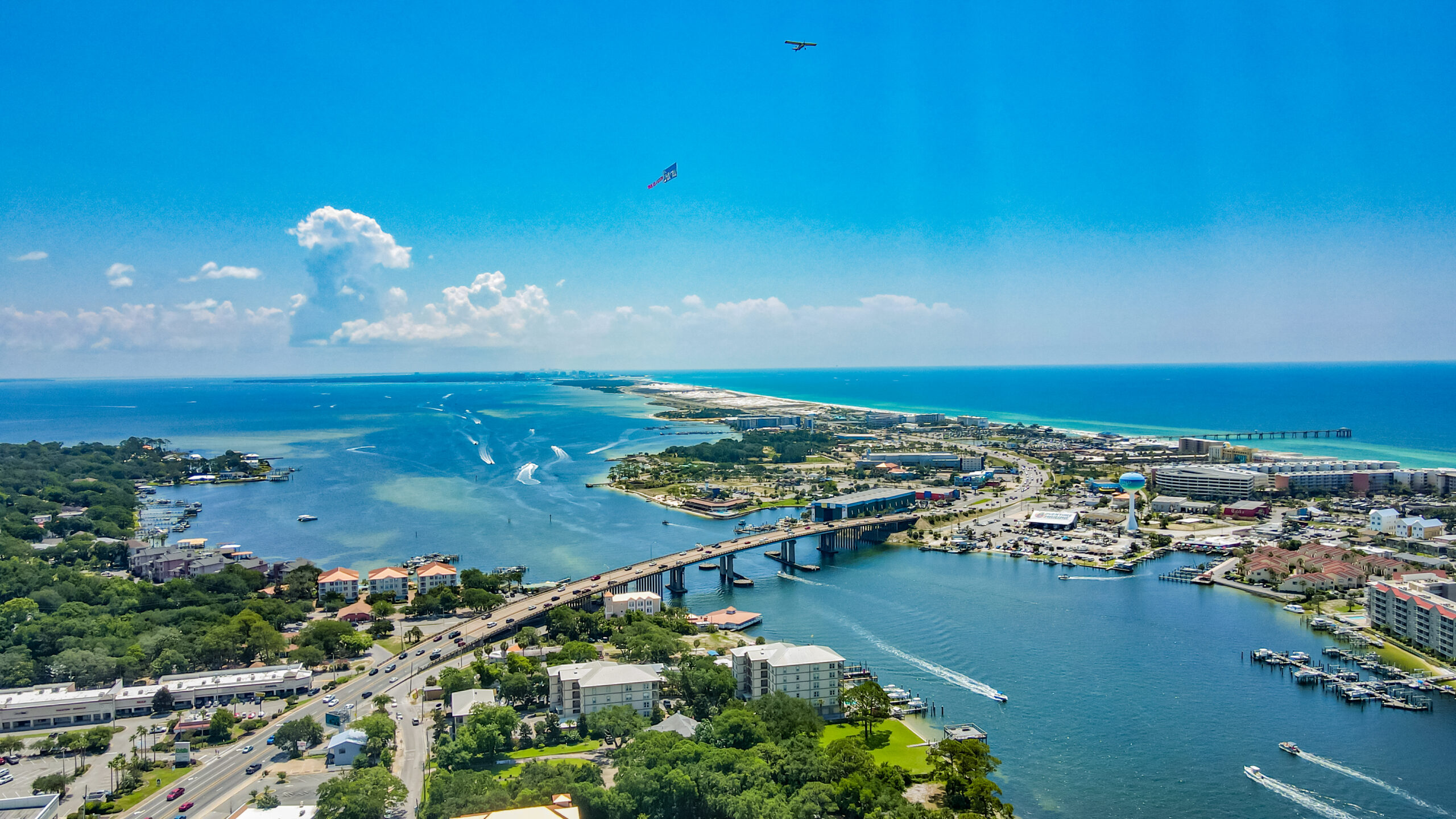Injury Overview
There are four major restraints to the knee joint, including the anterior cruciate ligament (ACL), posterior cruciate ligament (PCL), medial collateral ligament (MCL), and posterior lateral complex (PLC). The PLC is on the outer side of the knee and has three major components: the fibular collateral ligament (FCL), the popliteus muscle and tendon, and the popliteofibular ligament. The FCL may also be referred to as the lateral collateral ligament (LCL) because of its location on the outside of the knee. It is attached to the femur (the bone in the thigh) and the fibula (one of the two bones in the lower leg). The FCL and entire PLC helps stabilize the knee during rotation and side-to-side motion. These structures can become damaged/torn with certain twisting injuries.
In some instances, the FCL may heal on its own after injury; however, in certain instances, the ligament is torn to the extent that an FCL repair or reconstruction is necessary. When the FCL is injured, other ligaments are often injured as well. This is referred to as a multi-ligament knee injury and typically requires a large amount of impact or force, such as high-impact sporting collision, fall, or a traumatic accident.
Symptoms
Injuries to the FCL/LCL can occur in a variety of situations. A direct hit to the inside portion of an athlete’s knee or impact with a twisting motion may cause an injury to the FCL and other structures of the knee. Initially after a FCL/LCL injury, there will be significant swelling and bruising on the outside (lateral side) of the knee. Bruising and swelling will often be accompanied by pain and instability. Fluid in the knee joint (a knee effusion) and a catching sensation may also be present.
Diagnosis
Dr. Anz will conduct a thorough physical examination of the knee evaluating the location of pain, range of motion of the knee, status of strength and sensation, as well knee stability. He will perform a series of tests to evaluate all of the ligaments of the knee and determine if there is abnormal gapping of the knee during the exam. Stress X-rays are necessary to determine the degree of injury. Depending on the nature of the injury as well as results of the examination and X-rays, the most appropriate intervention will be prescribed. This may include non-operative or operative measures. Dr. Anz may also include an MRI as part of the evaluation to help determine exactly which structures are injured and to assess the structures that surround the initial injury.
Treatment
Isolated FCL injuries can often be treated with non-surgical measures such as an extended rest period, icing, anti-inflammatory medications, and bracing of the injured knee. Physical therapy may also be recommended to help regain mobility and function, as well as overall strength back to the knee joint.
Surgical Treatment
For FCL injuries that are more severe, Dr. Anz may recommend a surgery to repair or reconstruct the FCL. Due to the location of the FCL, a repair or reconstruction cannot be performed arthroscopically, so an open approach to the surgery is necessary. In some instances, structures other than the FCL may also require repair or reconstruction.
Post-Operative
Dr. Anz will prescribe a complete rehabilitation program following FCL knee surgery. The outcomes of reconstructions and repairs often yield very good results. It’s important for patients to fulfill their physical therapy program completely, and those who do, are usually able to demonstrate excellent return of stability following the rehab process. Most patients can usually return to full function within 6-12 months after surgery depending on the nature of the injury.
—
For additional information regarding FCL knee injuries, please contact the Gulf Breeze, Florida orthopedic surgeon, Dr. Adam Anz located at the Andrews Institute.




